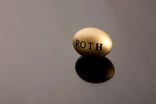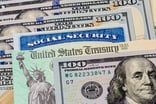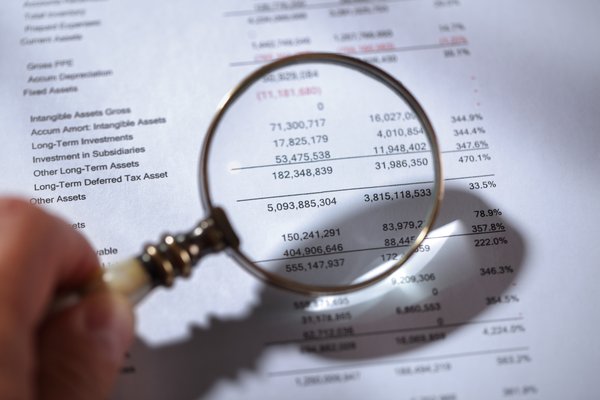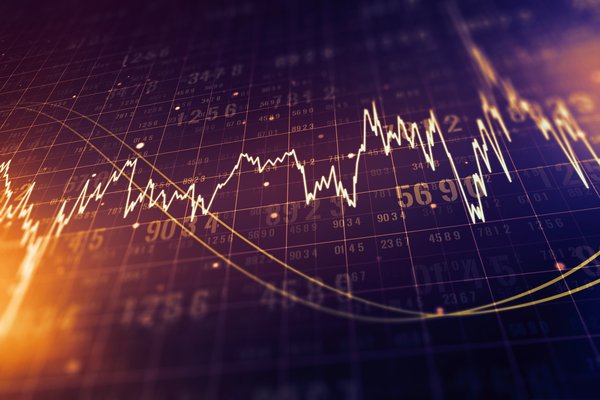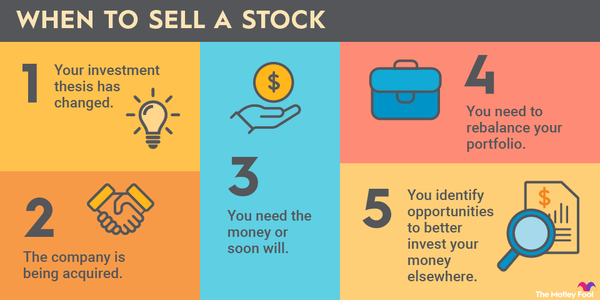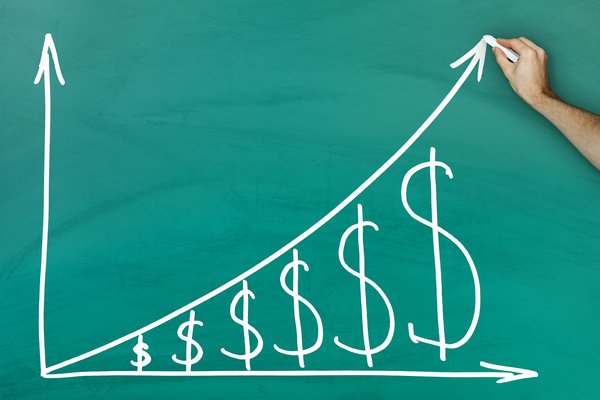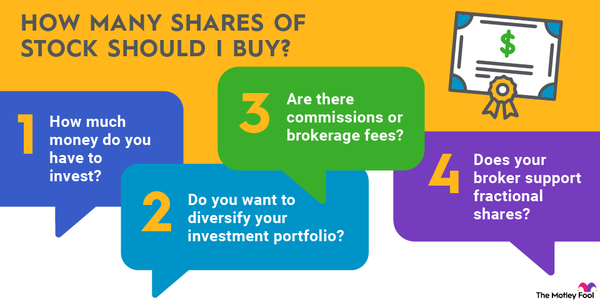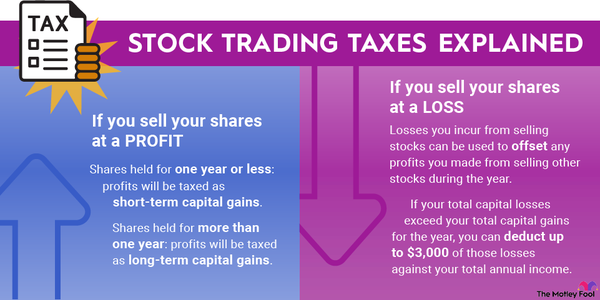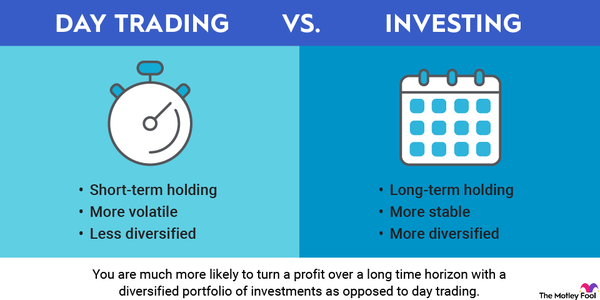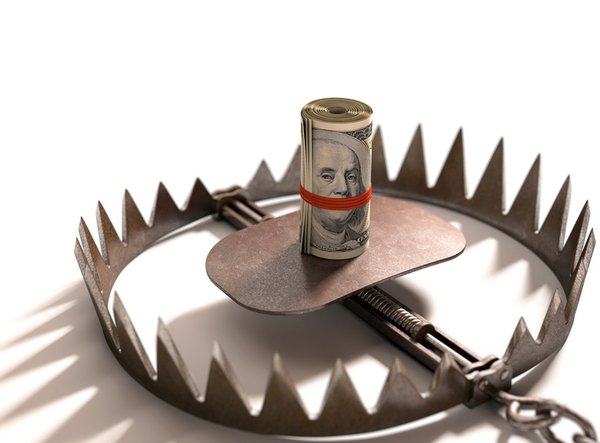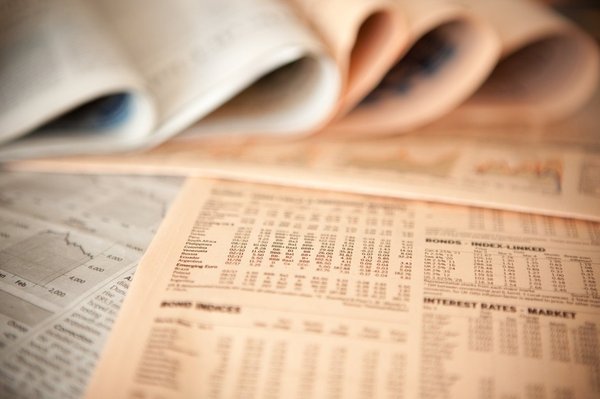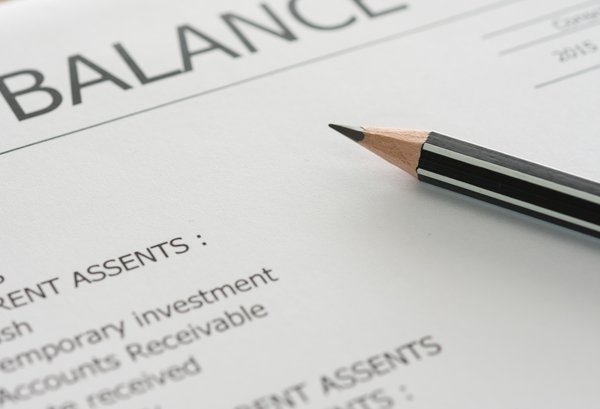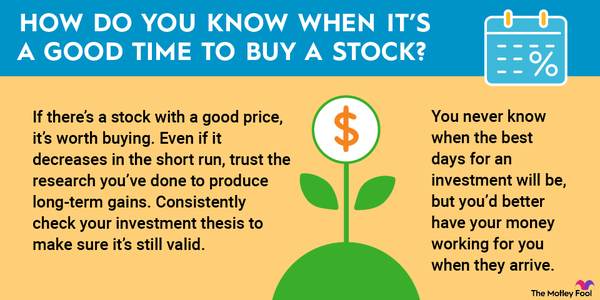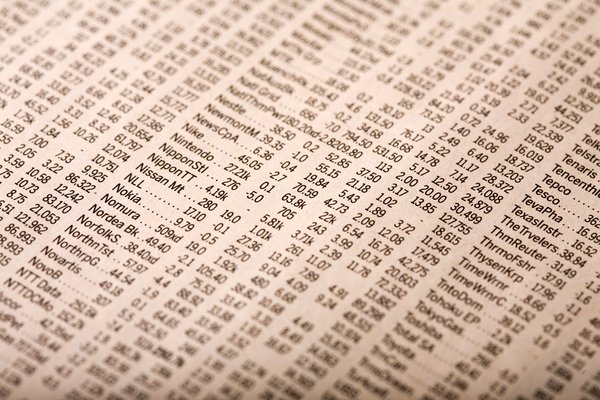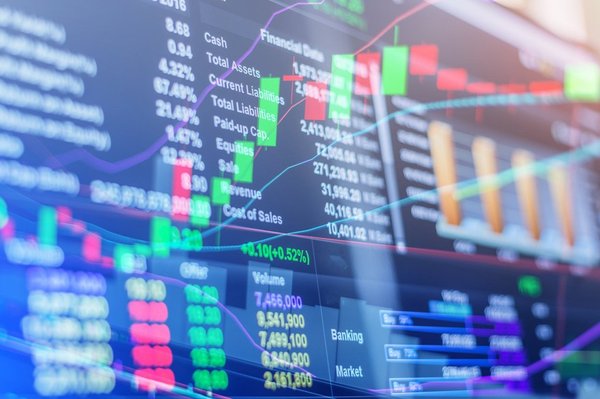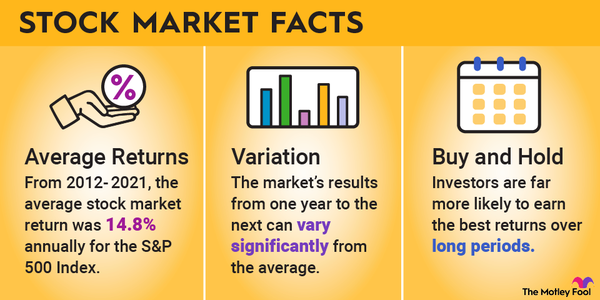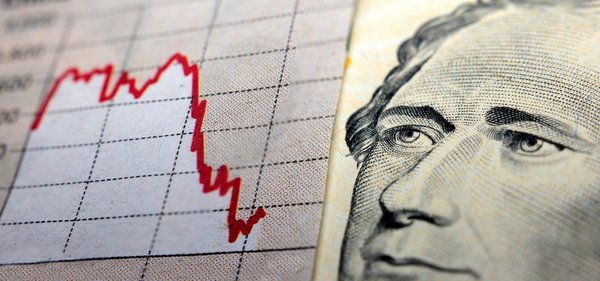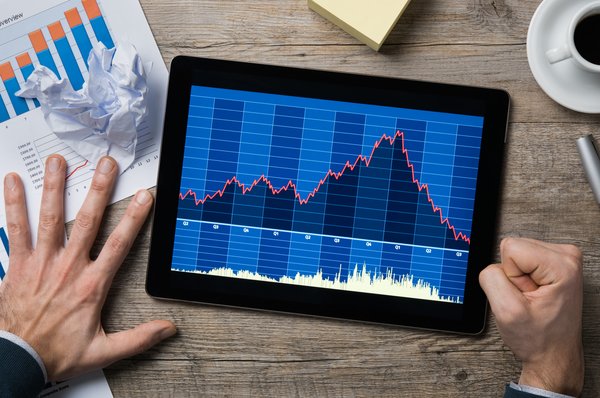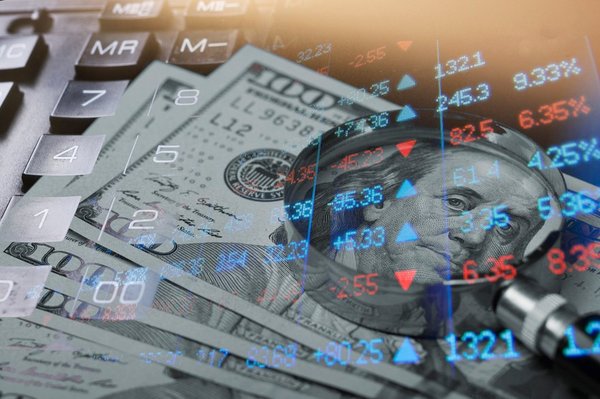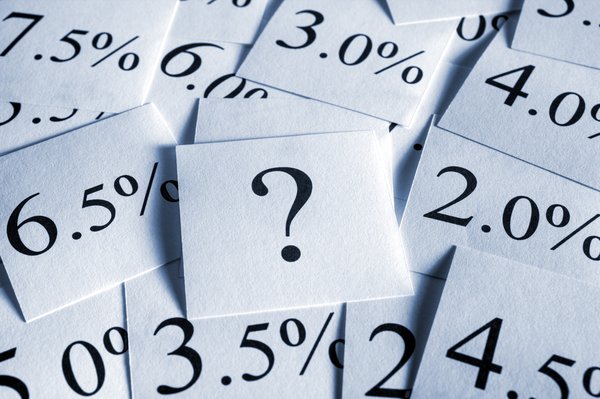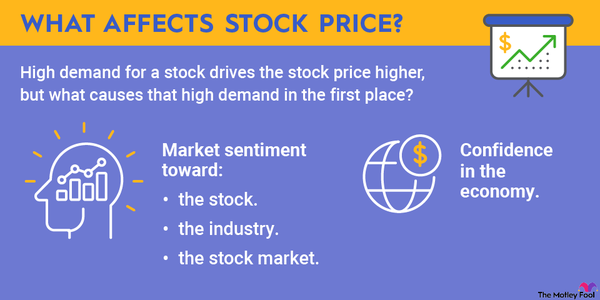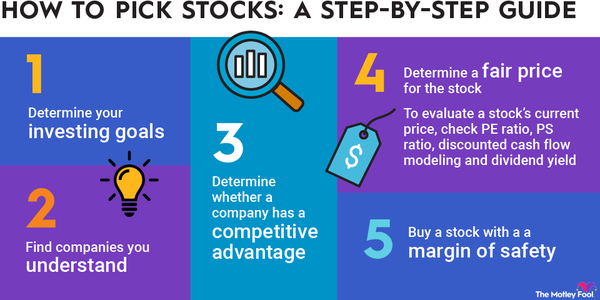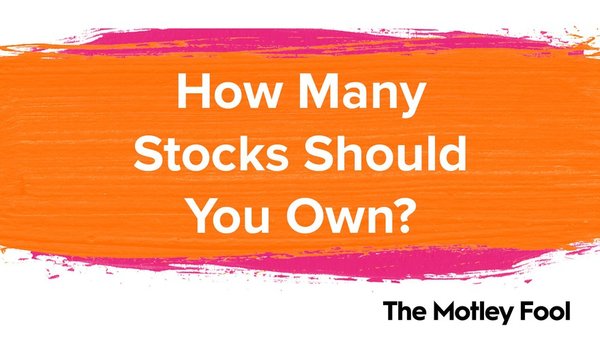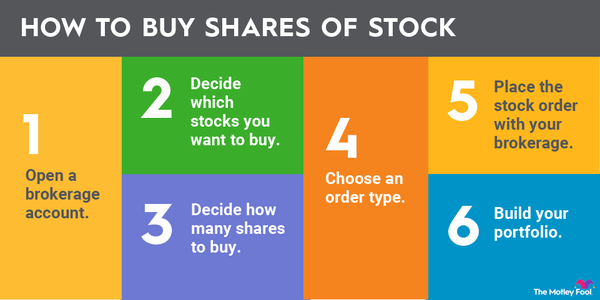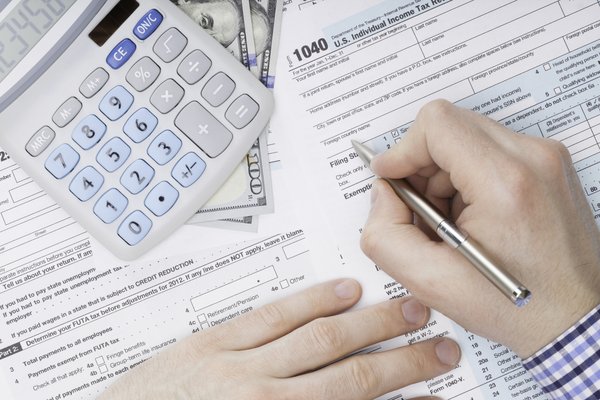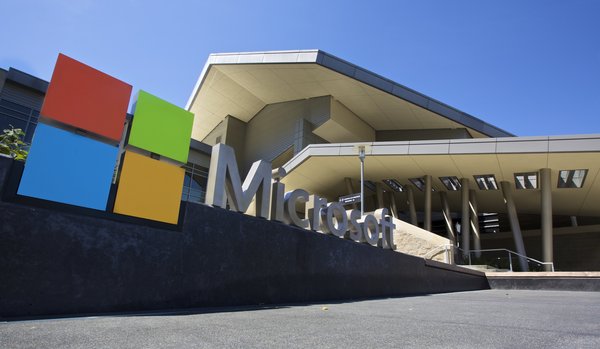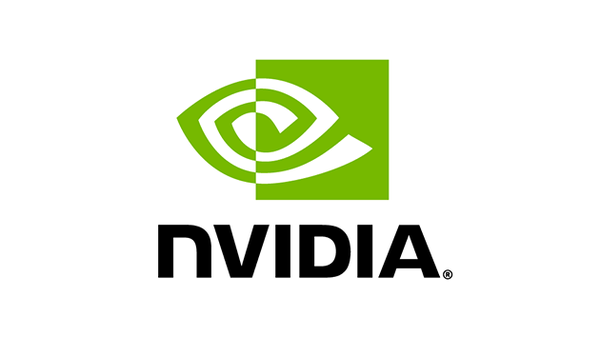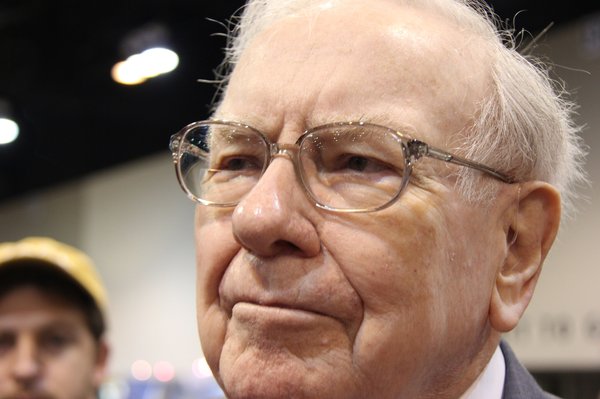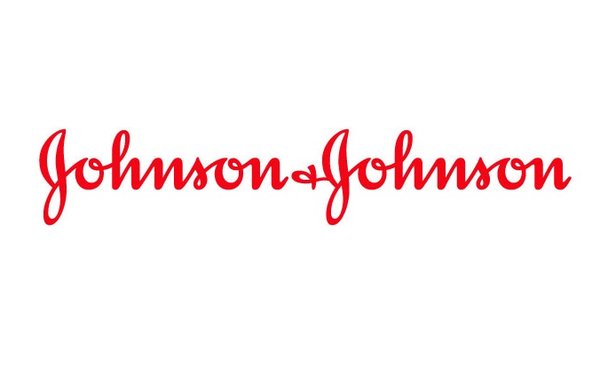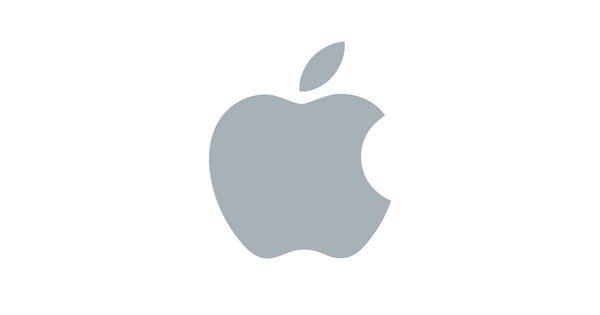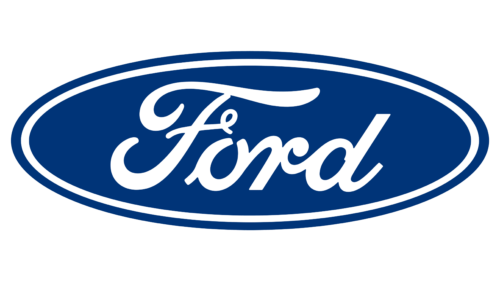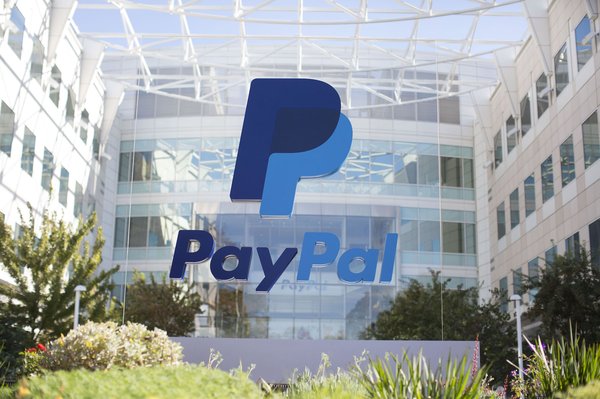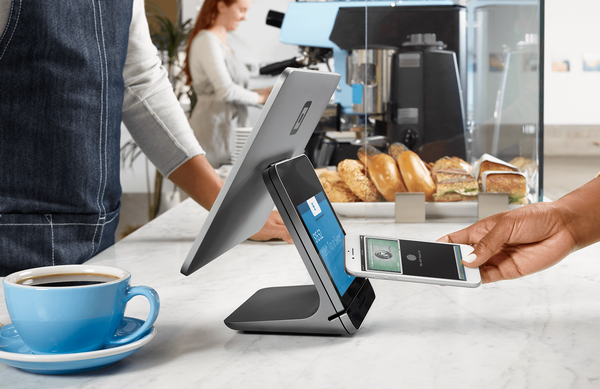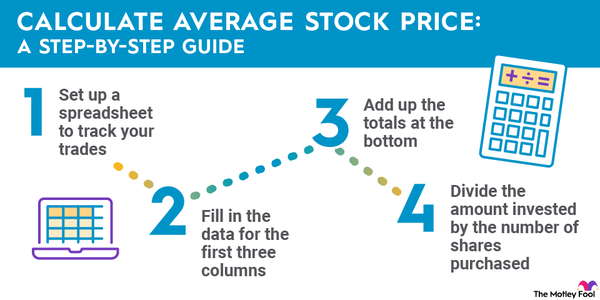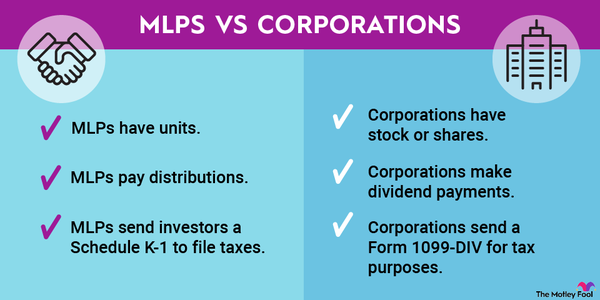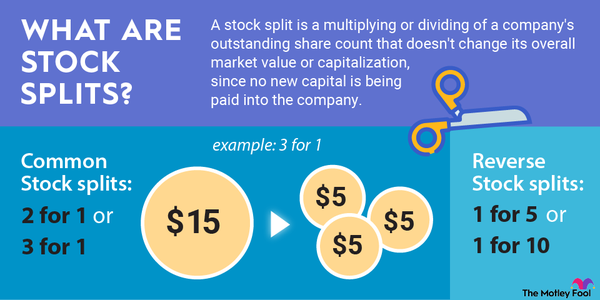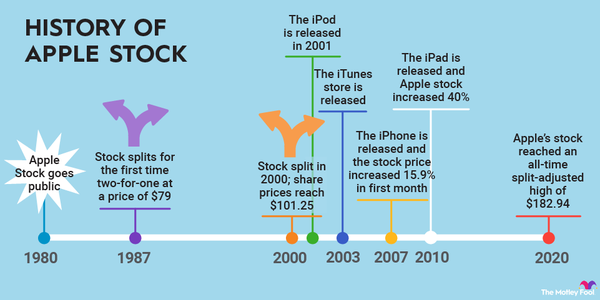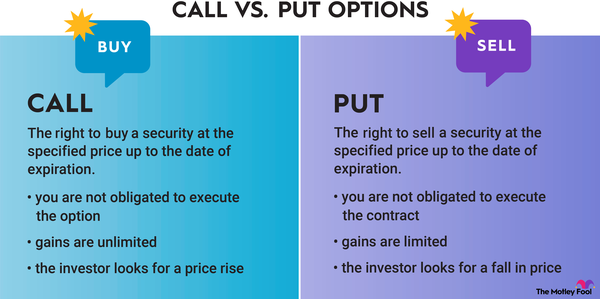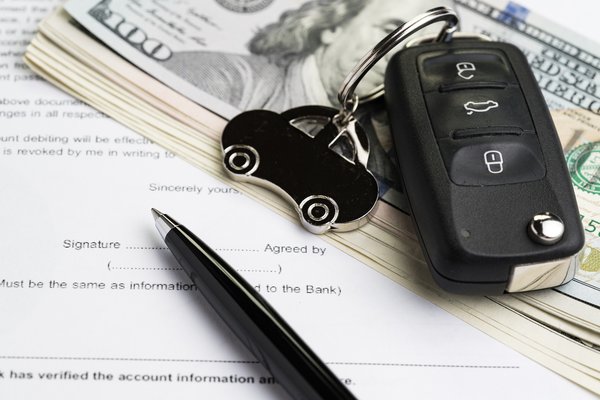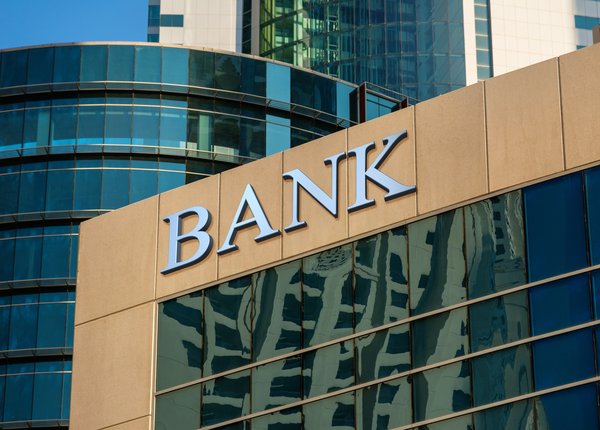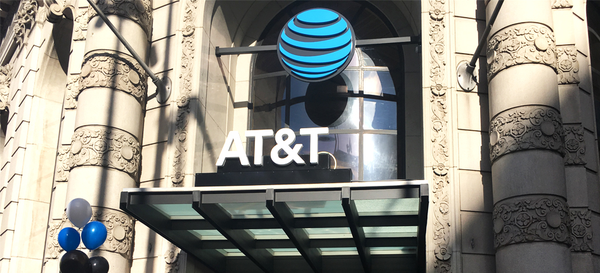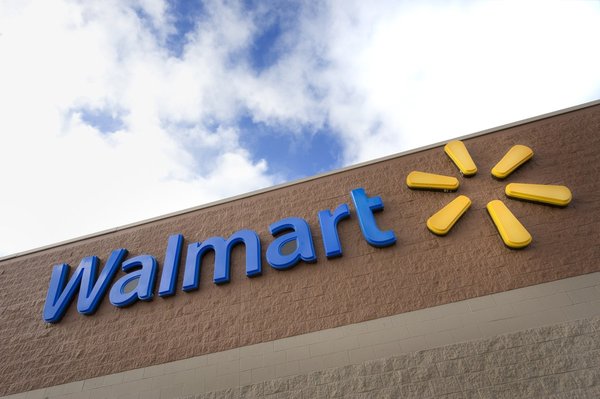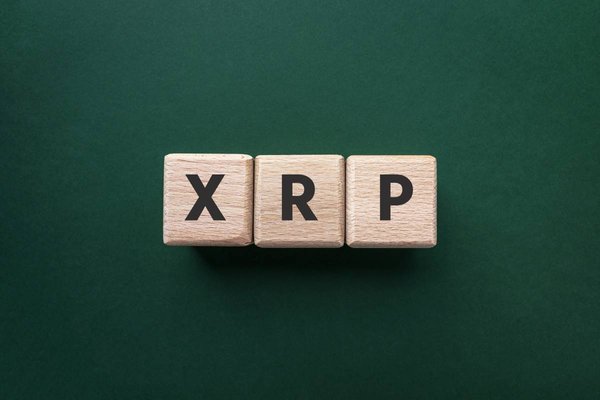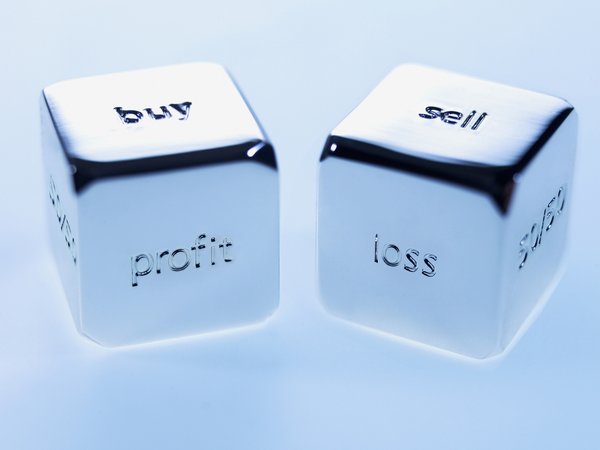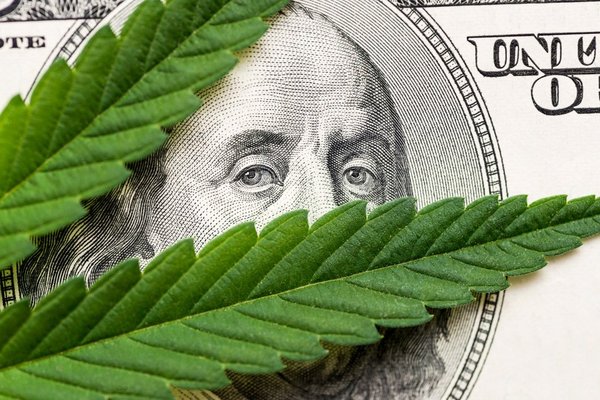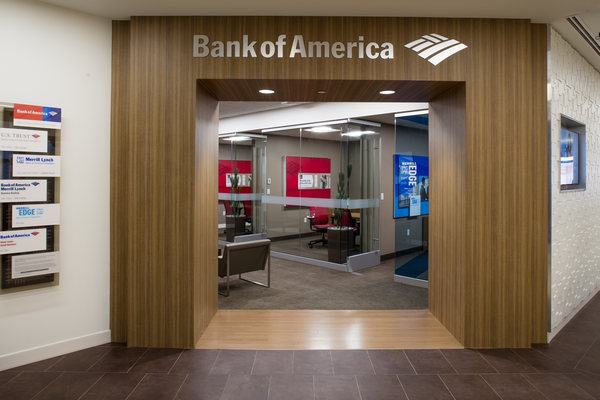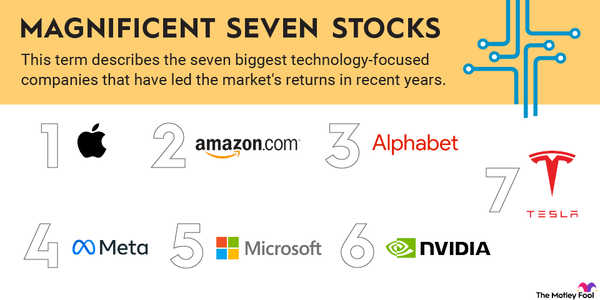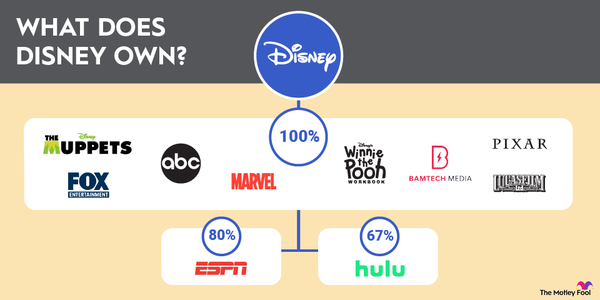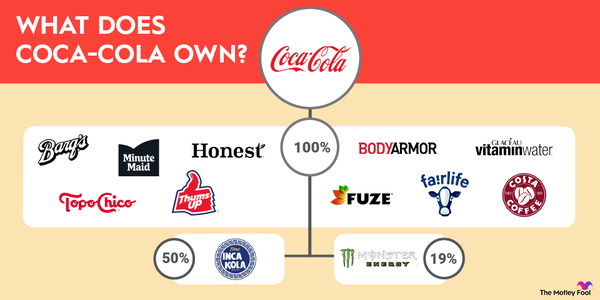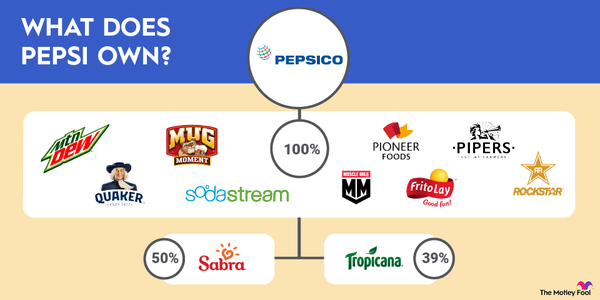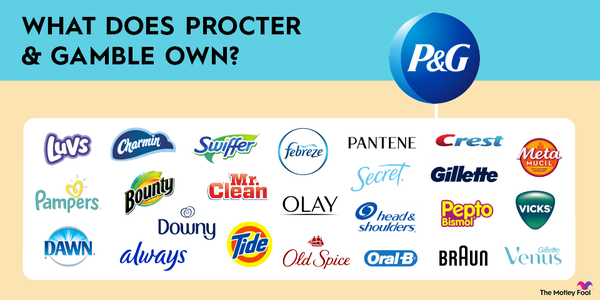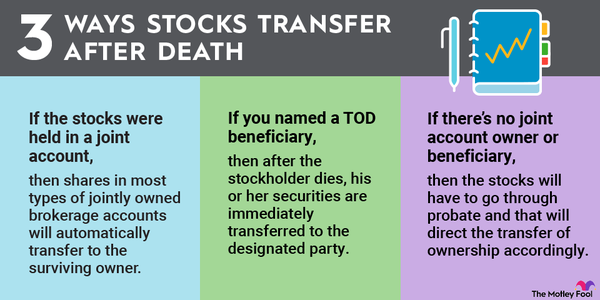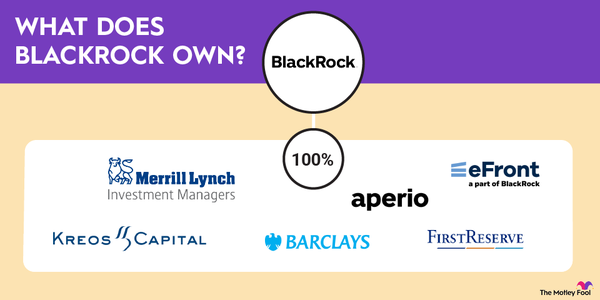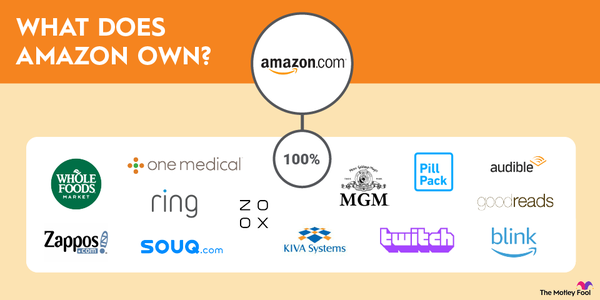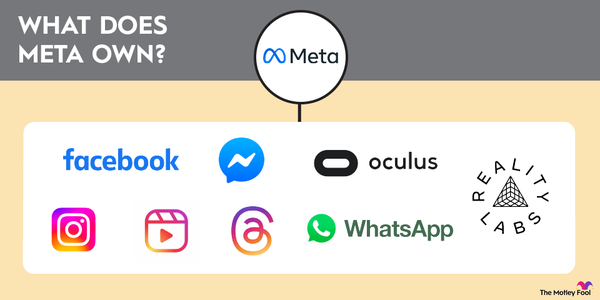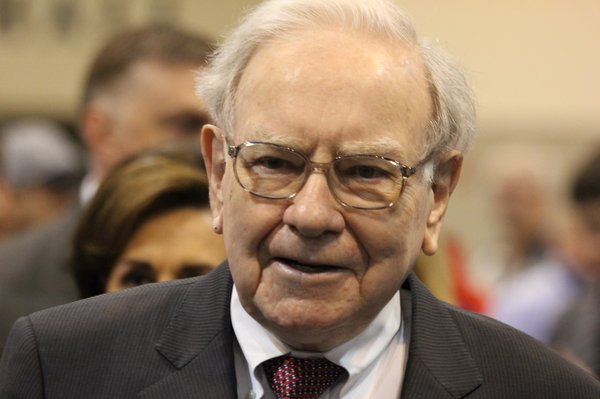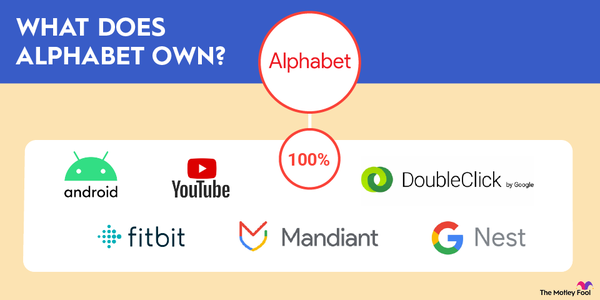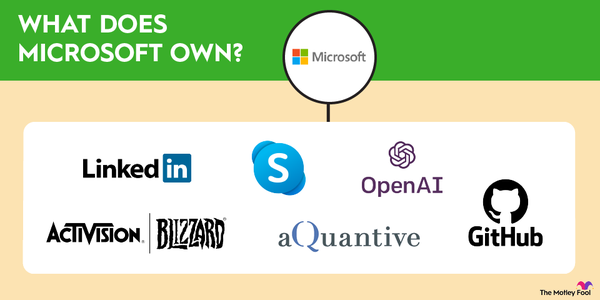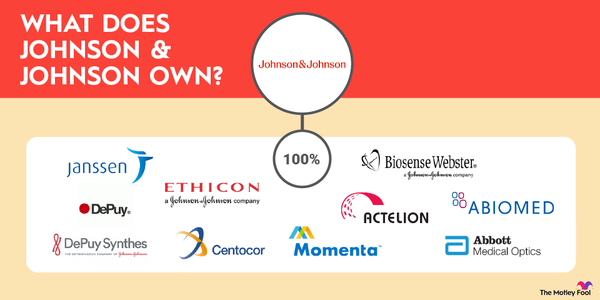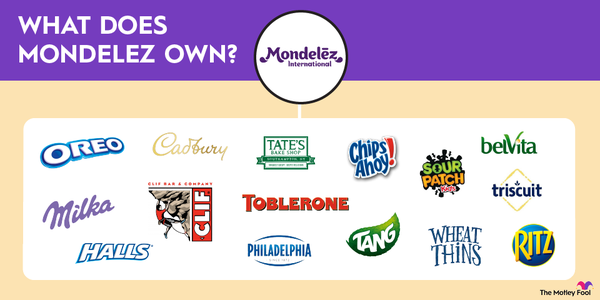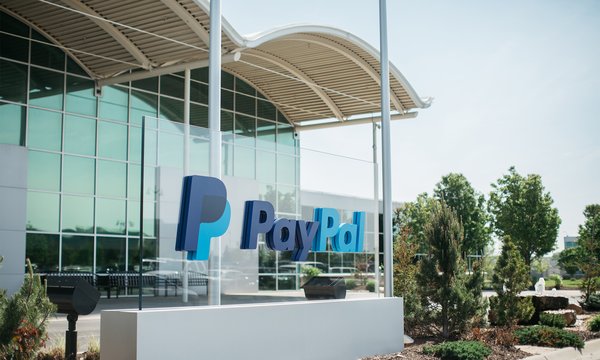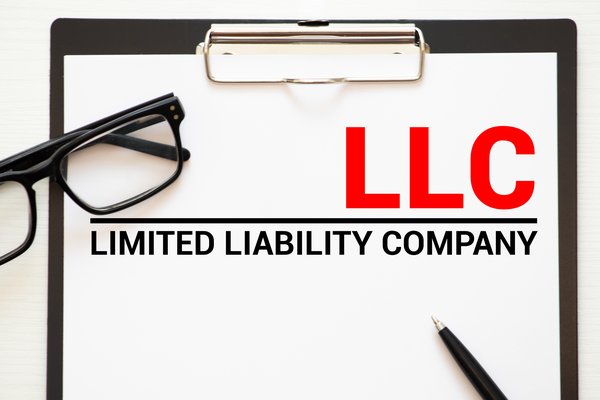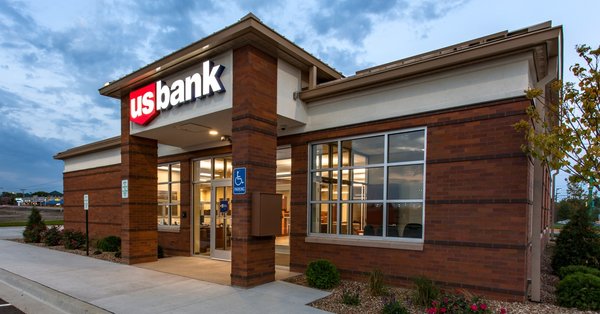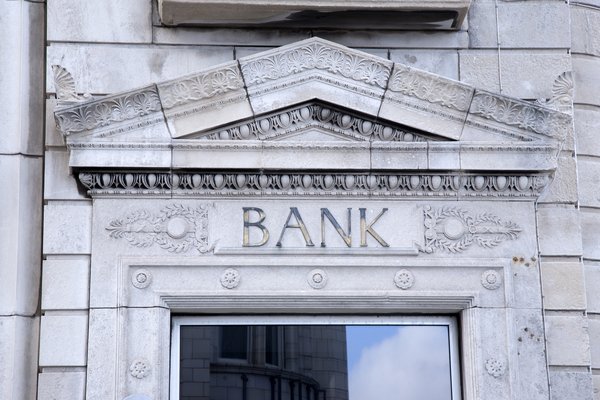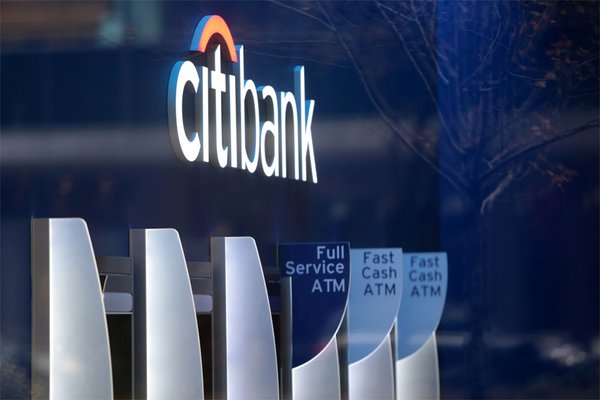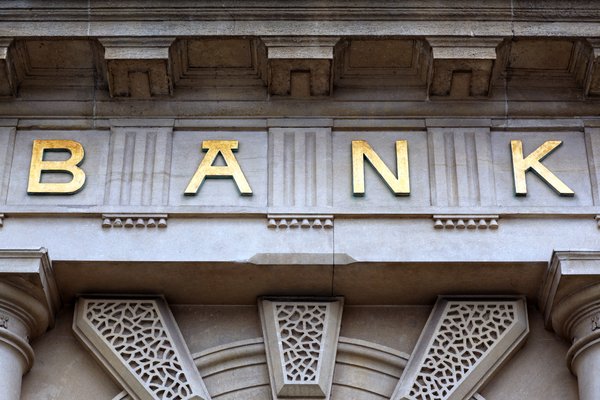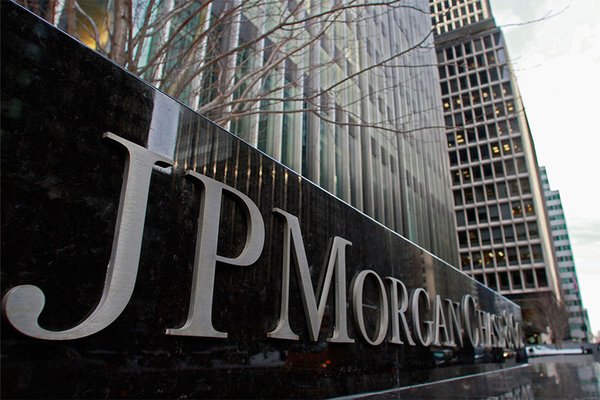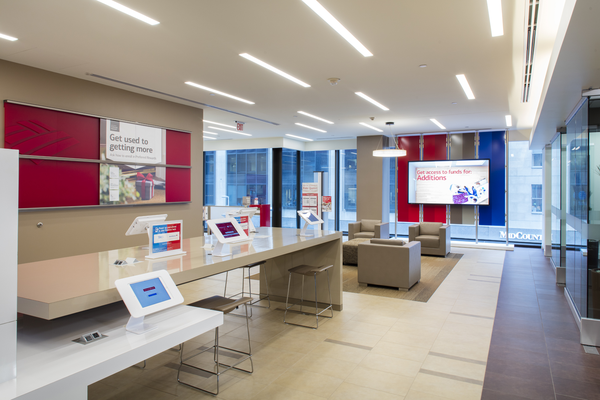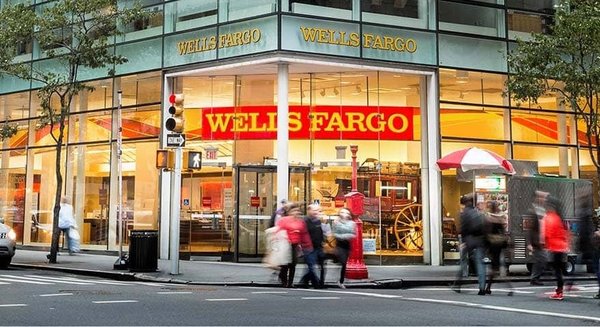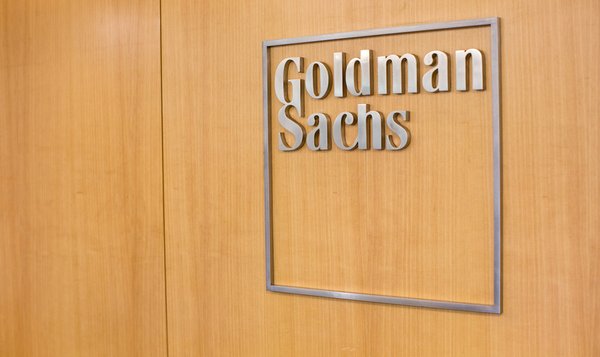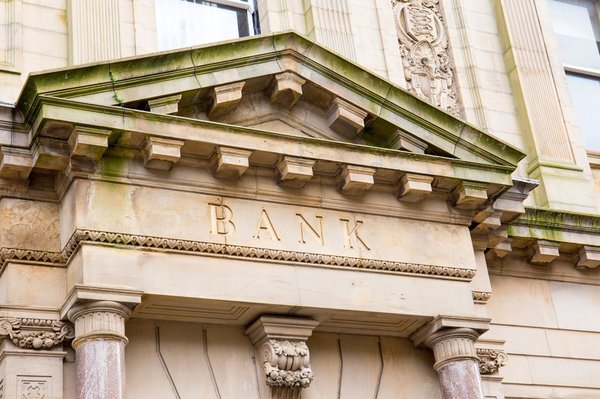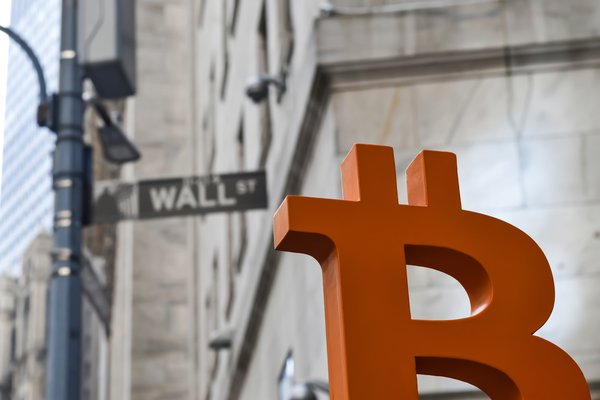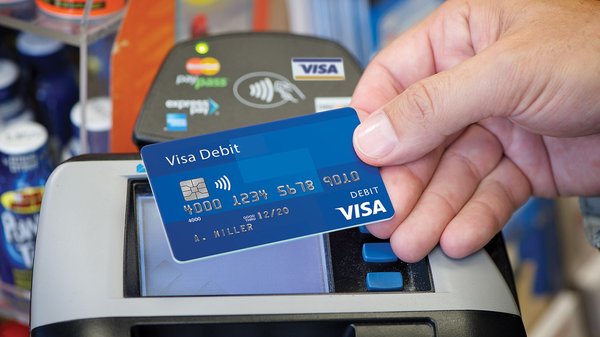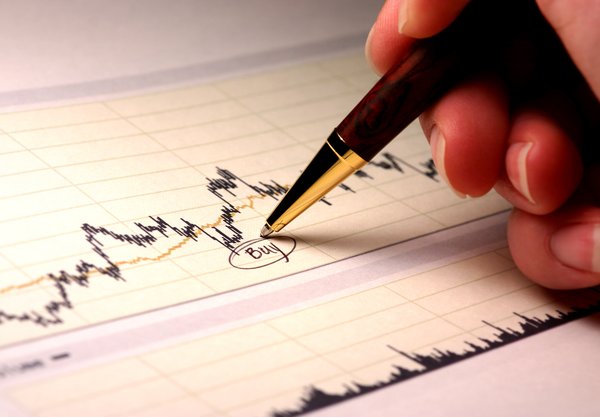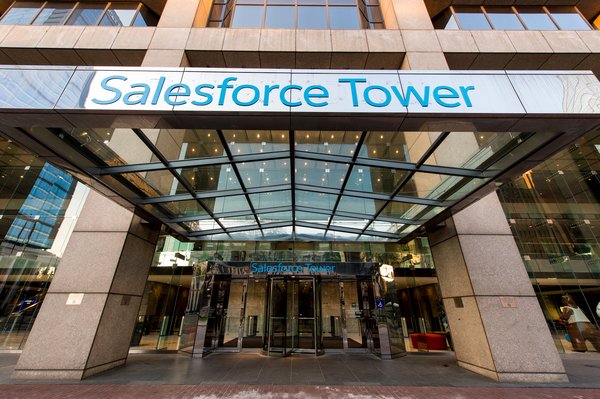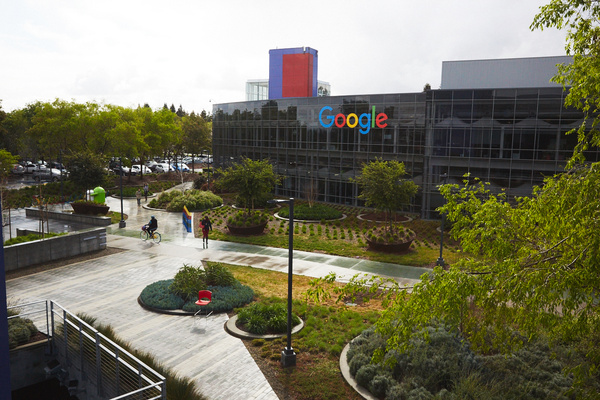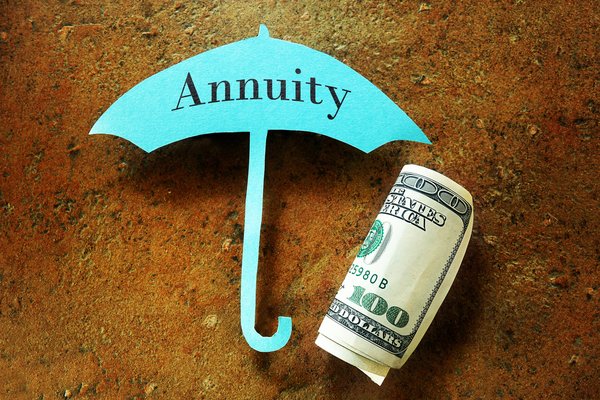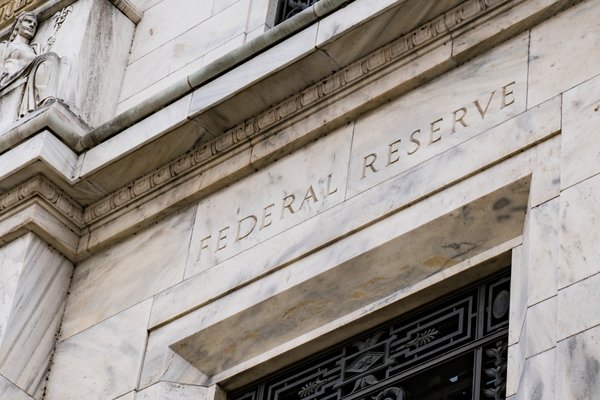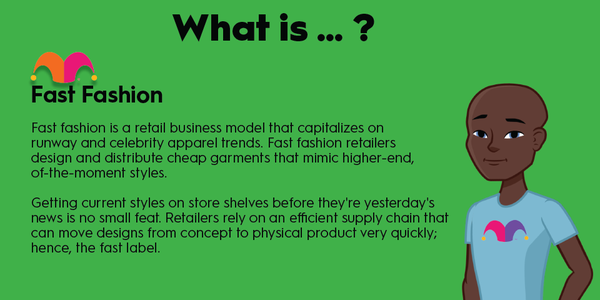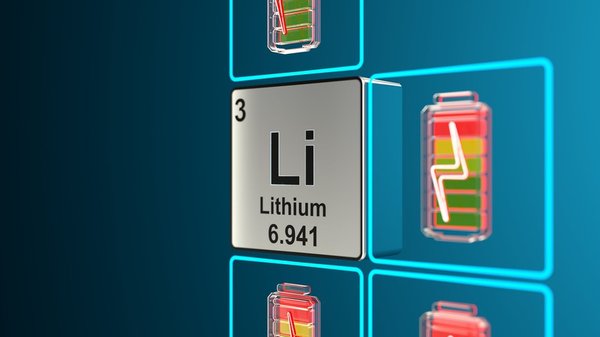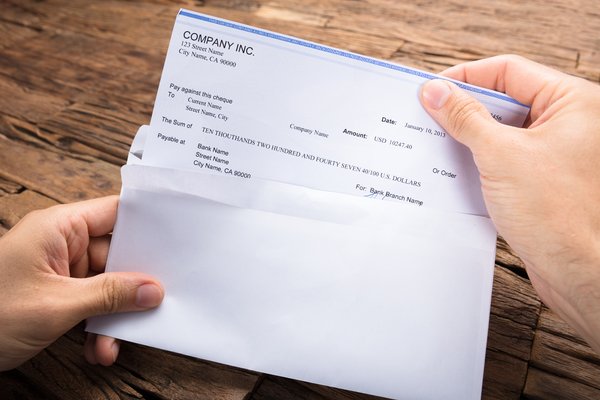The Federal Home Loan Mortgage Corp. (FHLMC) is a government-sponsored enterprise that buys mortgages, packages them, and sells them as mortgage-backed securities to the secondary market, making more money available for mortgage lending.
The publicly traded company, better known as Freddie Mac (OTCMKTS:FMCC), was created in 1970 as a private company but placed under federal conservatorship during the 2007-2009 financial crisis. Read along to find out more about Freddie Mac's origins.
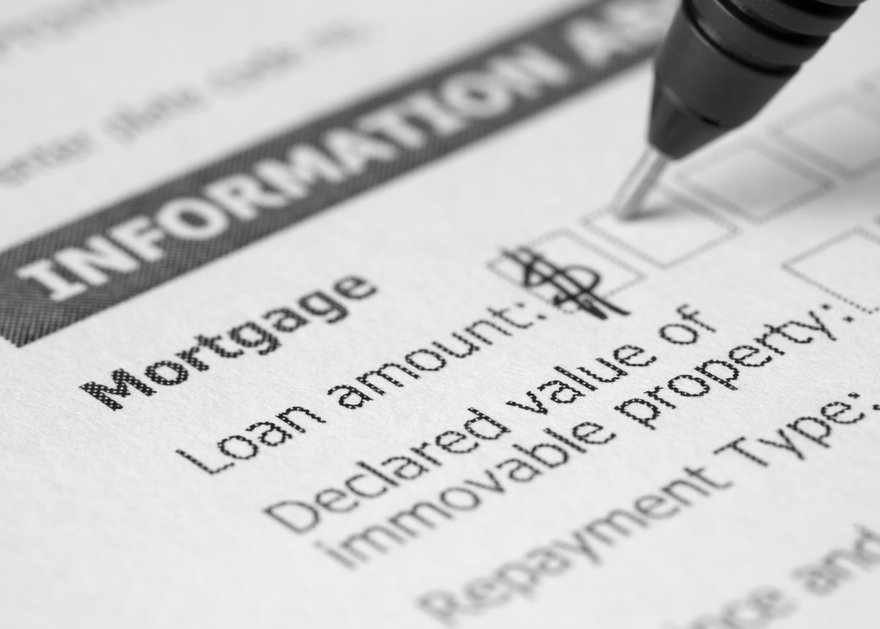
What is it?
What is Freddie Mac?
If you've ever wondered where your new mortgage goes after you've signed all the papers, you should know your lender most likely sells it to the Federal Home Loan Mortgage Corp., better known as Freddie Mac, or to the Federal National Mortgage Association, better known as Fannie Mae (OTCMKTS:FNMA).
Freddie Mac's older sibling, Fannie Mae, was formed in 1938 to create a secondary mortgage market that would free up banks to lend more money to potential homeowners, boosting the real estate market. Freddie Mac was created in 1970 by Congress, primarily to buy loans from smaller banks or credit unions; Fannie Mae generally acquires mortgages from large commercial banks.
Initially, Freddie Mac stock could only be owned by financial institutions and other approved parties. In August 1989, however, Congress amended its charter to allow the stock to be publicly traded. Initially listed on the New York Stock Exchange (NYSE), Freddie Mac switched to the over-the-counter (OTC) market in 2010.
The two government-sponsored enterprises (GSEs) were assigned a large share of the blame for the 2007-2009 financial crisis that sparked the Great Recession. Both lowered underwriting standards to compete with private-label securitization firms that relied on volume to boost earnings.
As part of a massive bailout, the U.S. Treasury Department and the Federal Reserve System wound up holding almost $570 billion worth of mortgage-backed securities (MBS) from Freddie Mac and Fannie Mae.
Mortgage-Backed Securities (MBS)
Responsible for owning or guaranteeing about half of the $12 trillion U.S. mortgage market during an epic housing bubble collapse, the federal government took over Freddie Mac and Fannie Mae in 2008 to prevent their collapse. Freddie Mac stock had plunged 97% between October 2007 and October 2008. The federal conservatorship has remained since then, with the U.S. Treasury Department holding warrants for 80% of Freddie Mac and Fannie Mae stock.
How to buy
How to buy Freddie Mac
Since it's a publicly traded entity, anyone can invest in Freddie Mac. Here's how the process of investing in stocks works:
Step 1: Open a brokerage account
You'll have to open and fund a brokerage account before buying shares of any company. If you still need to open one, here are some of the best-rated brokers and trading platforms. Take your time to research the brokers to find the best one for you.
Step 2: Figure out your budget
Before making your first trade, you'll need to determine a budget for how much money you want to invest. You'll then want to decide how to allocate that money. The Motley Fool's investing philosophy recommends building a diversified portfolio of 25 or more stocks you plan to hold for at least five years.
That might seem like a daunting task for those starting out. However, you don't have to get there on the first day. For example, if you have $1,000 available to start investing, you might want to begin by allocating that money equally across around 10 stocks and then grow from there.
Step 3: Research related companies
It's essential to thoroughly research a company before buying its shares. You should learn how Freddie Mac makes money and study its balance sheet and other factors to ensure you have a solid grasp on whether the company can grow value for its shareholders over the long term. You should also research related companies.
Step 4: Place an order
Once you've opened and funded a brokerage account, set your investing budget, and researched the stock and its competitors, it's time to buy shares. The process is relatively straightforward. Go to your brokerage account's order page and fill in all the relevant information, including:
- The number of shares you want to buy or the amount you want to invest to purchase fractional shares.
- The stock ticker (FMCC for Freddie Mac).
- Whether you want to place a limit order or a market order. The Motley Fool recommends using a market order because it guarantees you buy shares immediately at the current market price.
Once you complete the order page, click to submit your trade and become a shareholder in the GSE.
Should I invest?
Should I invest in Freddie Mac?
Before you buy shares of Freddie Mac, you need to consider the pros and cons of investing in the GSE. Here are some reasons you might want to invest in Freddie Mac:
- You think interest rates will soon fall and boost demand for mortgages.
- You believe home prices will also fall, restarting a dormant real estate market.
- You think Freddie Mac will be released from its conservatorship soon.
- You believe Freddie Mac stock is severely undervalued.
- You don't need dividend income.
- You think smaller financial institutions, such as credit unions, will make a larger percentage of mortgage loans as the housing market recovers.
- You believe Freddie Mac has a sound, long-term strategy.
- You think GSEs are unlikely to fall back into the underwriting traps that contributed to the 2007-2009 financial crisis.
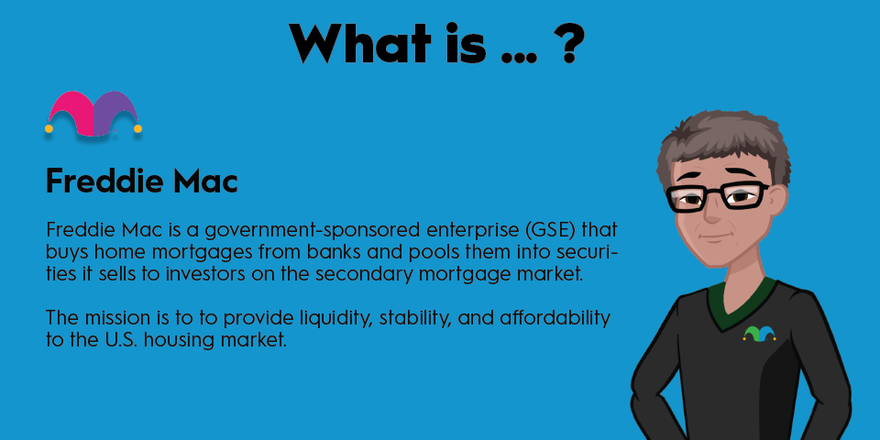
You may want to hold off on a Freddie Mac purchase if:
- You don't see interest rates falling any time soon.
- You think home prices will remain elevated for a long time, dampening mortgage activity.
- You doubt Freddie Mac will be released from conservatorship any time soon.
- You're unimpressed with Freddie Mac's stock performance over the last decade.
- You rely on dividend income.
- You can't see smaller financial institutions competing with behemoths for a share of the mortgage market.
- You're not sure what Freddie Mac does or why it exists.
- You believe GSEs didn't learn their lesson from the 2007-2009 financial crisis.
Profitability
Is Freddie Mac profitable?
Freddie Mac reported that it was profitable during the first quarter of 2024 -- which may be surprising, given the state of the housing market. It recorded $2.8 billion in first-quarter net income, a 39% year-over-year increase. Revenue climbed 19% from the previous year's first quarter to $5.8 billion.
Despite high interest rates and an affordable housing crisis, Freddie Mac also increased the size of its mortgage portfolio by 2%, rising to $3 trillion. Its delinquency rate dropped to 0.52% from 0.62% the previous year, and it financed 194,000 mortgages, with slightly more than half of single-family homes available for families earning less than 120% of an area's median income.
Although Freddie Mac stock prices won't blow any investors away -- they've hovered between $1 and $1.50 per share for most of 2024 -- shares have matched up impressively with most indexes. While the S&P 500 had returns of more than 12% through the first six months of 2024, Freddie Mac returns had topped 81% over the same period.
Dividends
Does Freddie Mac pay a dividend?
Freddie Mac doesn't pay dividends. The Federal Housing Finance Agency (FHFA), which oversees Freddie Mac and Fannie Mae, announced in 2008 that dividends would be eliminated, except for those on senior preferred stocks issued to the U.S. Treasury as part of the bailout.
ETF options
ETFs with exposure to Freddie Mac
Exchange-traded funds (ETFs) take much of the guesswork out of stock investing by creating a basket of shares that can be traded like a single stock. This passive approach is especially popular among investors who either don't have time to research individual stocks or want to concentrate part of their portfolio on a particular segment, industry, or geographic region to minimize risk.
Although ETFs can reduce risk, their potential for major profits is also reduced because of their diversity. The funds also generally charge a fee known as an expense ratio, which is used to cover expenses for the ETF's administration.
ETF Expense Ratio
The best-known ETF for investing in mortgage-backed securities is the Vanguard Mortgage-Backed Securities ETF (NYSEMKT:VMBS). This ETF focuses on securities acquired by Freddie Mac, Fannie Mae, and the Government National Mortgage Association (Ginnie Mae), a government agency that guarantees mortgage-backed securities.
The fund reported holding net assets of $18.3 billion in fixed-income securities at the end of April 2024, with a typical yield to maturity of 5.6% for its bonds. Its minimum investment of $1, ultra-low expense ratio of 0.04%, and dividend yield of 3.66% make it highly attractive for investors who have a low risk tolerance and want to diversify their portfolio.
Stock splits
Will Freddie Mac stock split?
When it comes to potential stock splits, you can never say never. But in Freddie Mac's case, there is no IPO scheduled, so you can probably say a split won't happen any time soon.
Stock splits are generally announced to make investments in a company more attractive by reducing the per-share price. Most publicly traded companies don't begin to consider splitting their stock until prices top $100. Freddie Mac's share prices are about $98.50 short of that particular benchmark.
Having said that, Freddie Mac has split its stock before. Its board authorized a 3-for-1 split in April 1992 and a 4-for-1 split in January 1997.
The bottom line on investing in Freddie Mac
Freddie Mac began its plunge into penny stock-level territory in late 2007. By late 2011, its stock traded at roughly $0.20 per share. Since then, prices have bobbed along fairly close to either side of the $1 range, falling to as low as $0.40 and climbing as high as $1.75 in mid-2024.
Related investing topics
Although Wall Street is renowned for its short attention span, memories of the financial crisis and the role GSEs played in exacerbating a near-economic collapse remain. Interest rates are still stubbornly high, and there's a significant shortage of affordable housing. The federal government has taken only halting steps to release Freddie Mac from its conservatorship.
But since it's a GSE, investors are unlikely to lose everything on a Freddie Mac investment. For risk-averse investors who want to diversify their portfolios and who believe the mortgage market is overdue for a rebound, Freddie Mac shares may be an appropriate part of a balanced, long-term strategy for creating, increasing, and preserving wealth.
FAQ
Investing in Freddie Mac FAQ
Can you buy stock in Freddie Mac?
Yes. The stock is publicly traded, so anyone with a brokerage account can become a Freddie Mac shareholder.
Who owns Freddie Mac stock?
The U.S. government owns warrants for more than 80% of Freddie Mac and Fannie Mae stock.
Does Freddie Mac pay dividends?
Freddie Mac does not pay dividends. When Freddie Mac entered conservatorship in 2008, the FHFA announced that dividends would be eliminated, with the exception of senior preferred stock issued to the U.S. Treasury.
Is Freddie Mac profitable?
Yes. Freddie Mac posted a net income of $2.8 billion during the first quarter of 2024, a 39% year-over-year increase.


![Trump at White House podium. Official White House Photo by D. Myles Cullen. [MConverter.eu]](https://g.foolcdn.com/image/?url=https%3A%2F%2Fg.foolcdn.com%2Feditorial%2Fimages%2F801349%2Ftrump-at-white-house-podium-official-white-house-photo-by-d-myles-cullen-mconvertereu.jpg&op=resize&w=184&h=104)
